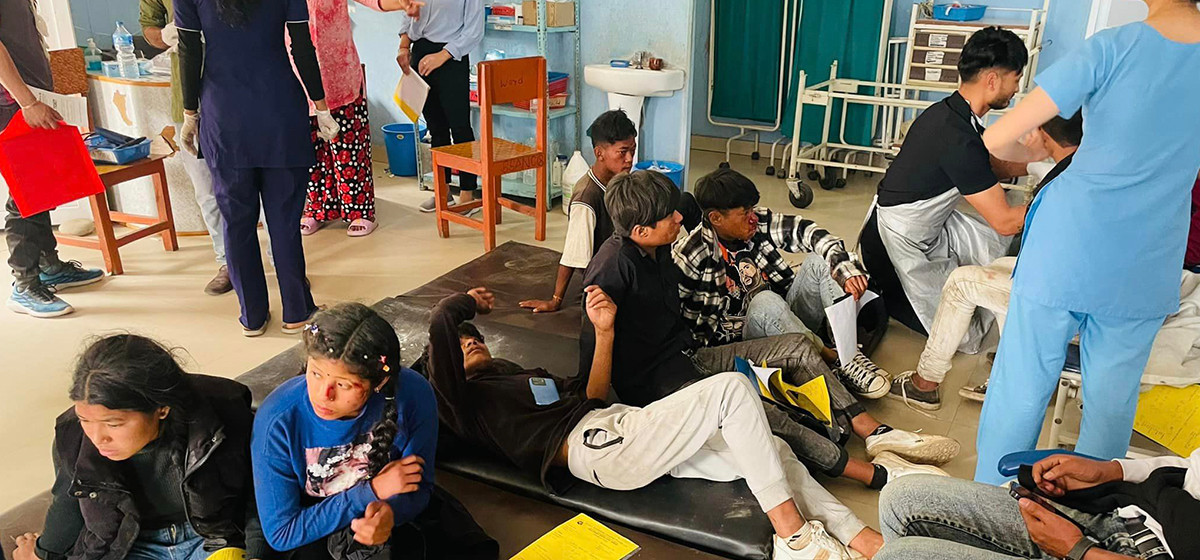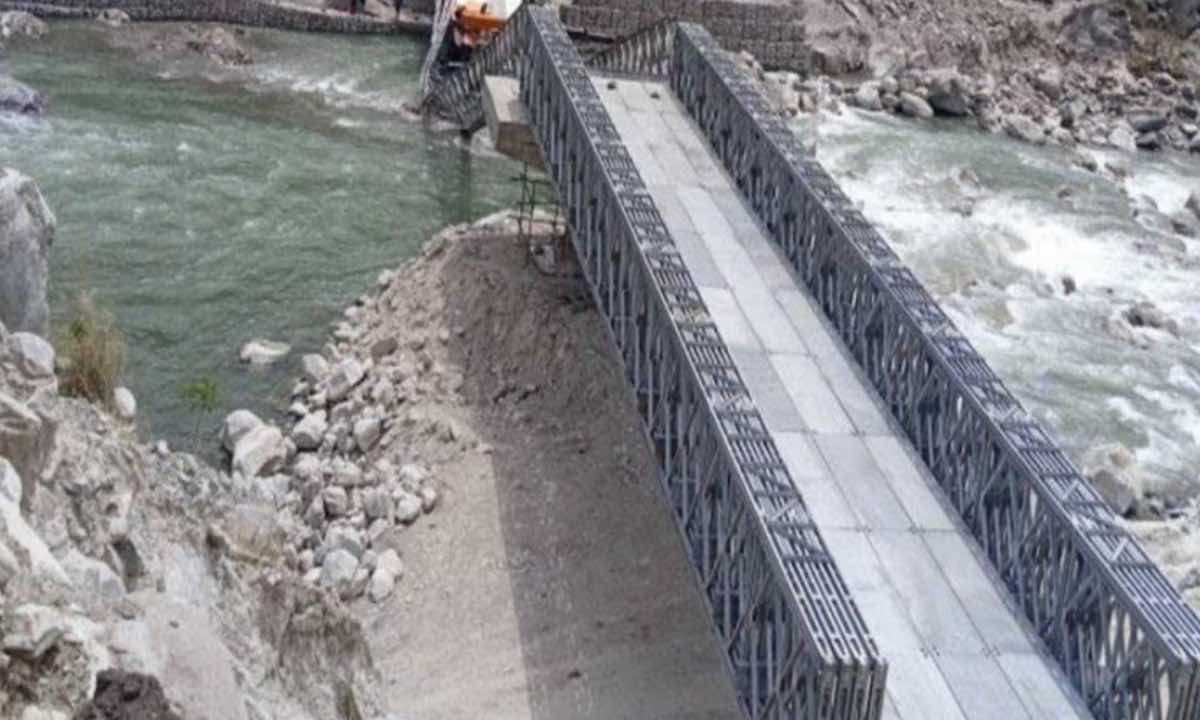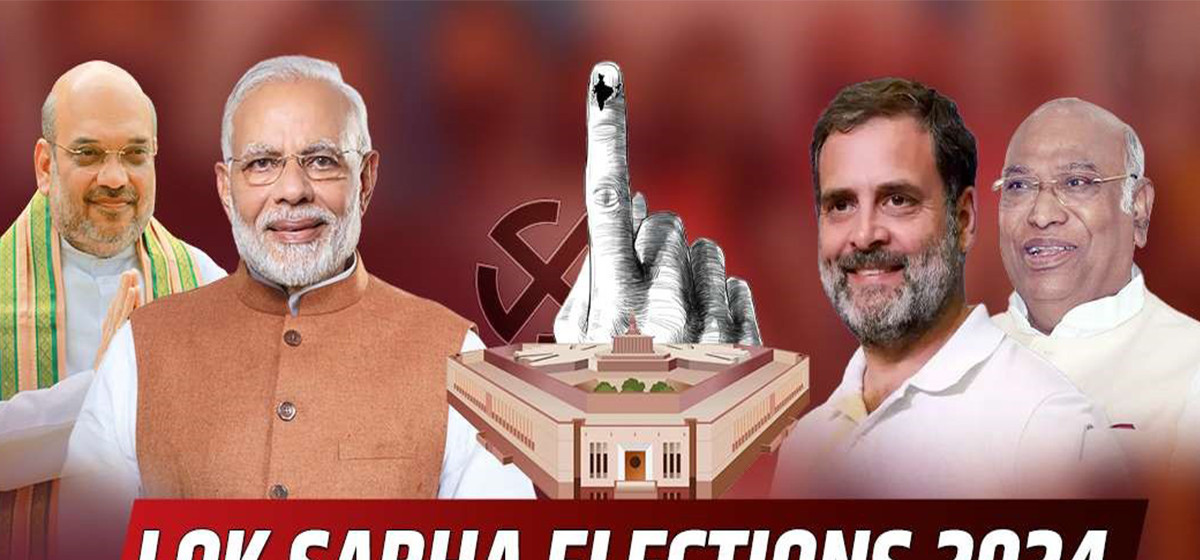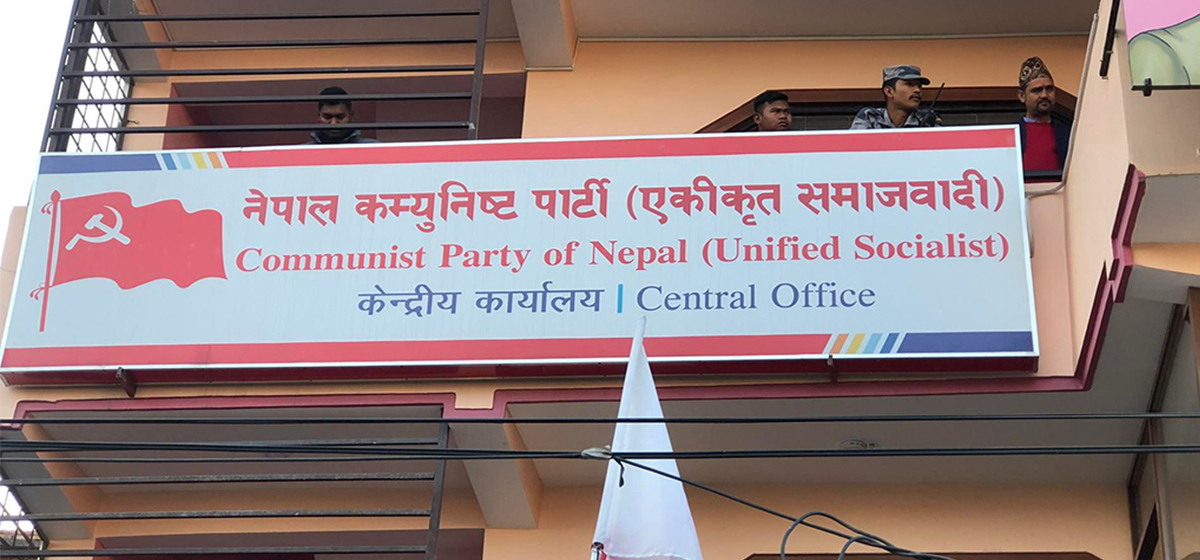
OR
Modi’s third visit to Nepal
Indian Prime Minister Narendra Modi’s Nepal visit—his third since becoming PM in 2014—has laid foundations for promoting Nepal’s religious tourism. Modi himself acknowledged that this was his ‘pilgrimage tour’ and he spent most of his time visiting Nepal’s holy sites such as Janakpur, Muktinath and Pashupatinath—all connecting people of two countries religiously and spiritually. Janakpur, the home of Goddess Sita who was married off to Lord Ram, the son of King Dasharath of Ayodhya, holds special significance for the Hindus of Nepal and India. A number of Nepalis visit Ayodhya and a great number of Indians come to Janakpur, especially during the Bibaha Panchami—the wedding anniversary of Rama and Sita—from across the border. With the launch of Janakpur-Ayodhya Bus Service, Nepal and India have formally made Janakpur a part of Ramayan Circuit (which includes several places in India). By offering prayer at Muktinath Temple, Modi has attracted attention of many Hindus and Buddhists to this beautiful site in Nepal’s Himalayas. If Nepal can capitalize on this, Janakpur and Muktinath can be further promoted as sites of religious tourism.
Modi carefully (and wisely) avoided political and constitutional matters. He reiterated India’s support for Nepal’s economic prosperity and development by promoting “five Ts”—trade, tradition, tourism, technology and transport—to further enhance connectivity between the two countries apart from strengthening air, waterways and rail connectivity to transform Nepal into a land-linked and water-linked country. During the press conference on Friday, Modi and his Nepali counterpart, K P Sharma Oli looked cordial to each other. Modi applauded Nepal for successfully holding three tiers of elections in 2017—and termed it the “golden period in Nepal’s history.” Oli sought Indian permission for four additional air routes via Janakpur, Bhairahawa, Nepalgunj and Mahendranagar. Modi expressed commitment to immediately start preparatory work for Raxaul-Kathmandu electric railway. Oli sought Modi’s support to resolve pending issue of demonetized money held by banks and the general public in Nepal. Most, if not all, major issues seem to have been discussed.
Nepal did not spare any effort to offer grand welcome to Modi. He was accorded civic reception in Janakpur and Kathmandu. Province 2 Chief Minister Lal Babu Raut’s mention of what he called ‘battle against discriminatory constitution’ was completely out of place, displaying the tendency of Nepali leaders to invite foreign intervention in internal affairs. The government did not allow Nepali media to enter venue of civic reception in Kathmandu—while allowing Indian media unrestricted entry. Inauguration of Arun-III and announcement of Rs one billion aid for Janakpur are perhaps the two major highlights of this visit. Some of the past promises from Modi remain limited to paper. Visit of a foreign government head to Nepal is always good—more so if the government head is from neighboring country. In that sense, Modi’s visit—just five weeks after Prime Minister K P Oli’s visit to India—must be taken as steps toward forgetting the bitterness of the past and move forward by resetting ties. Lofty promises are made in the 16-point joint communiqué covering a whole gamut of issues related to connectivity, trade, energy, agriculture and cultural as well as religious sectors, among others. All commitments must now be swiftly implemented. There has been so much of rhetoric. Indian commitment must be seen in action and Nepal government must do its part to make it happen.
You May Like This

Rain shocks: On the monsoon in 2024
The India Meteorological Department (IMD) has forecast a bountiful monsoon. Rainfall from June-September is expected to be 6% more than... Read More...

Nagdhunga-Sisnekhola tunnel breakthrough: Beginning of a new era in Nepal’s development endeavors
The breakthrough of the Nagdhunga-Sisnekhola tunnel marks a significant leap forward in Nepal's development. For Nepalis who have only traveled... Read More...

Strengthen oversight to ensure good governance practices in banking sector
The integrity of financial institutions is critically important for the economic stability of any country. In Nepal, where commercial banks... Read More...






Just In
- ACC Premier Cup semi-final: Nepal vs UAE
- Sindhupalchowk bus accident update: The dead identified, injured undergoing treatment
- Construction of bailey bridge over Bheri river along Bheri corridor reaches final stage
- Taylor Swift releases ‘The Tortured Poets Department’
- India starts voting in the world’s largest election as Modi seeks a third term as prime minister
- EC seeks cooperation for free and fair by-election
- Bus carrying wedding procession attendees meets with accident in Sindhupalchowk; three killed
- CPN (Unified Socialist) to hold its Central Committee meeting on May 10-11













Leave A Comment